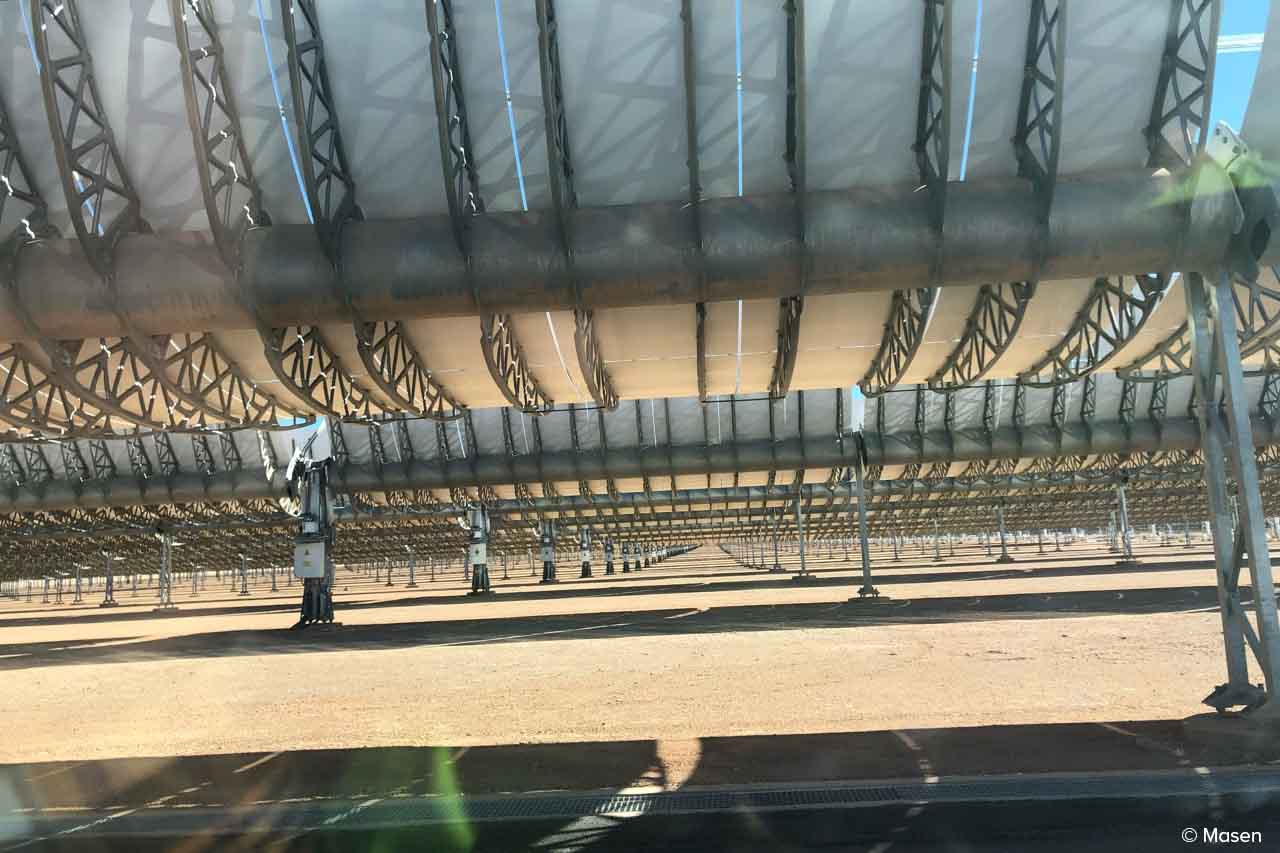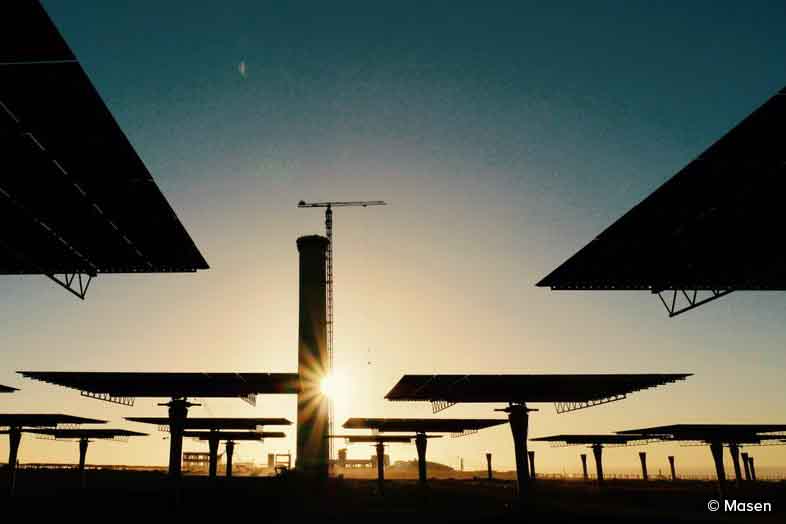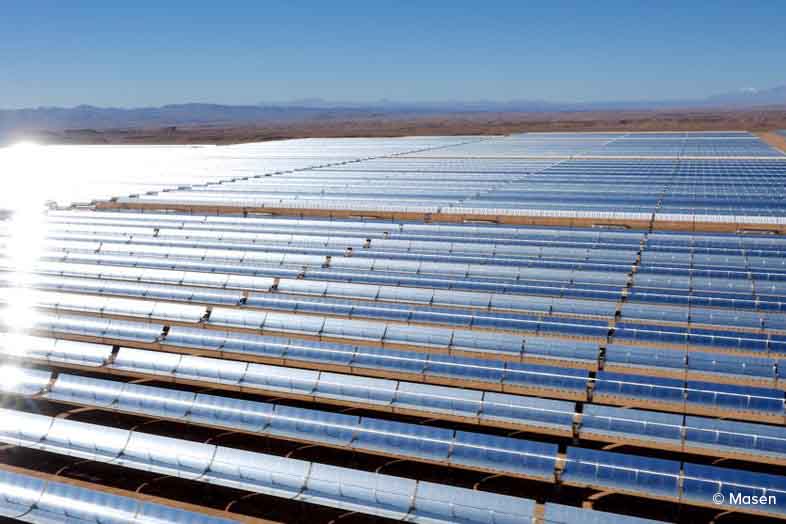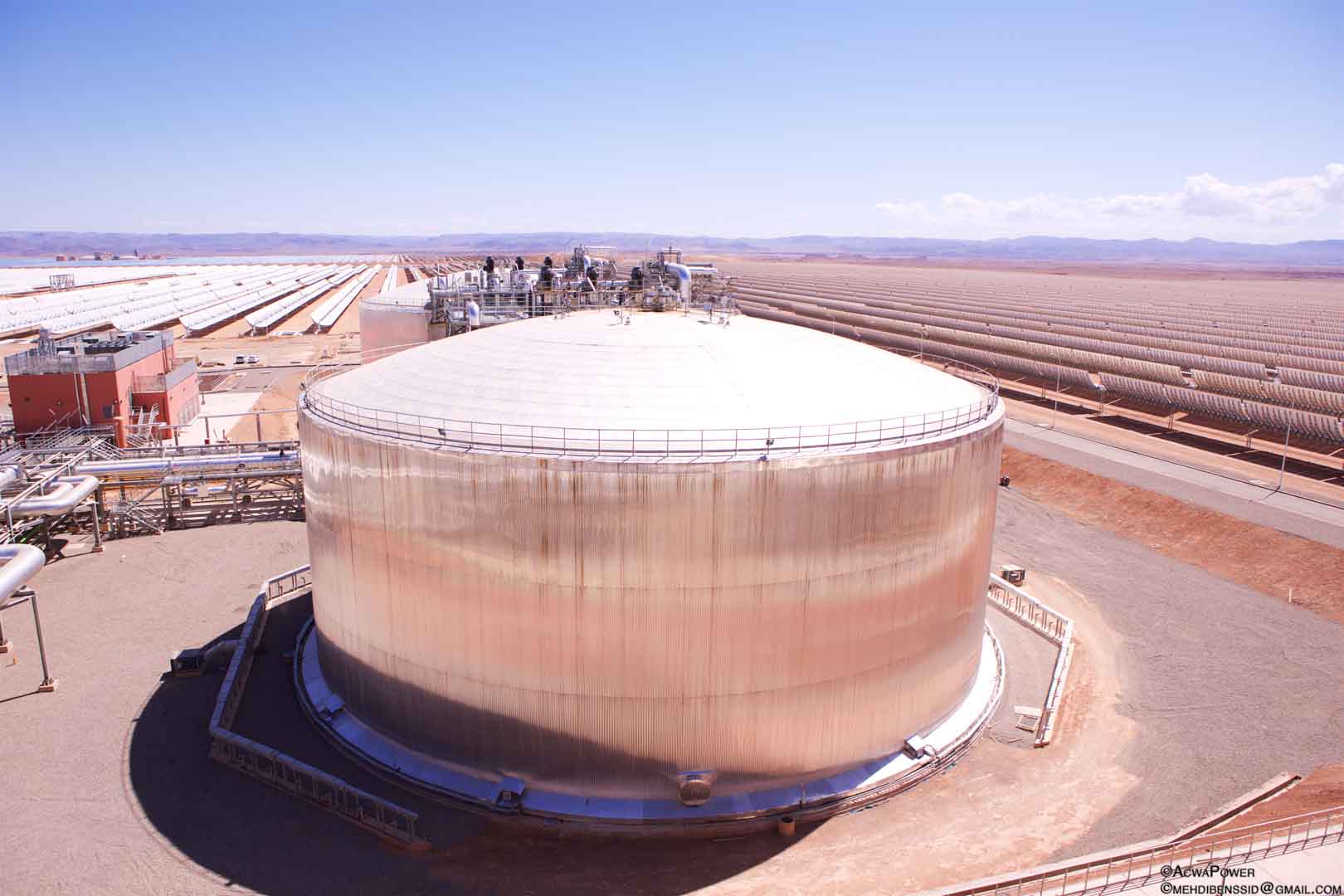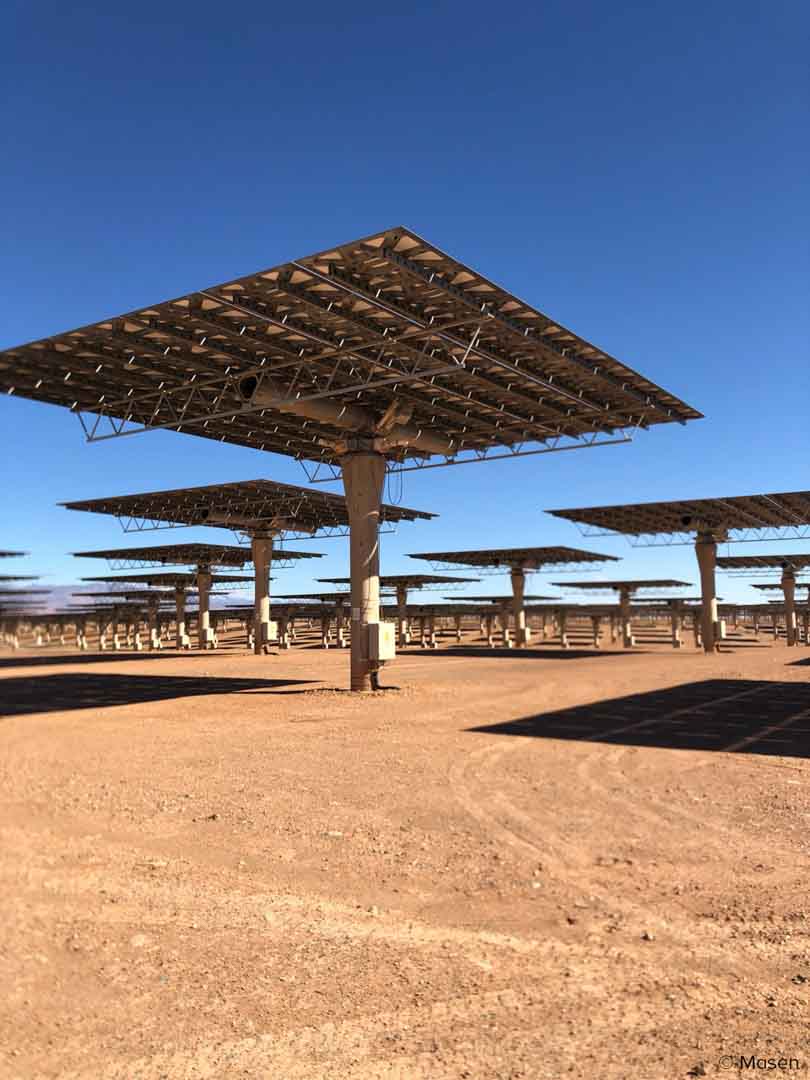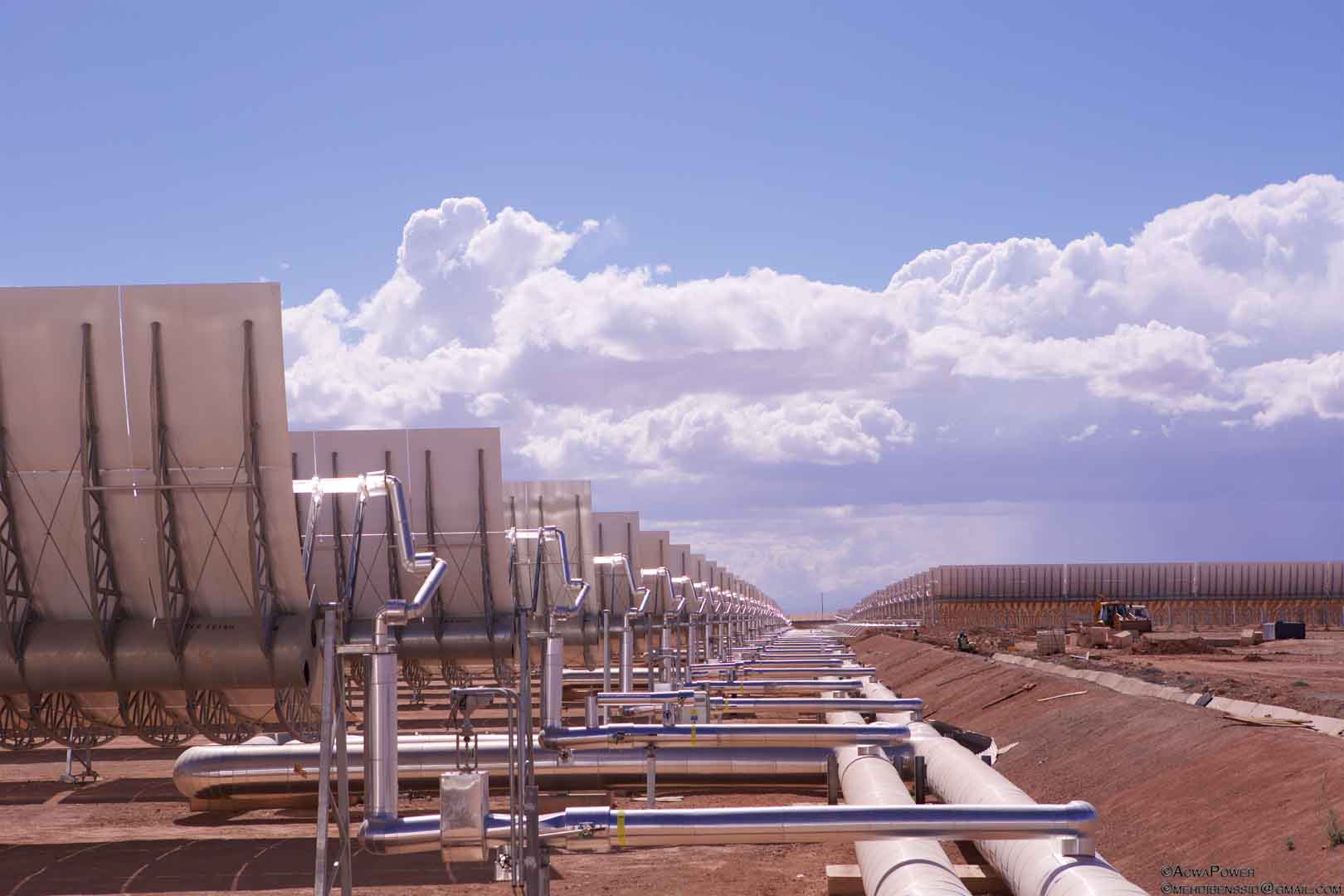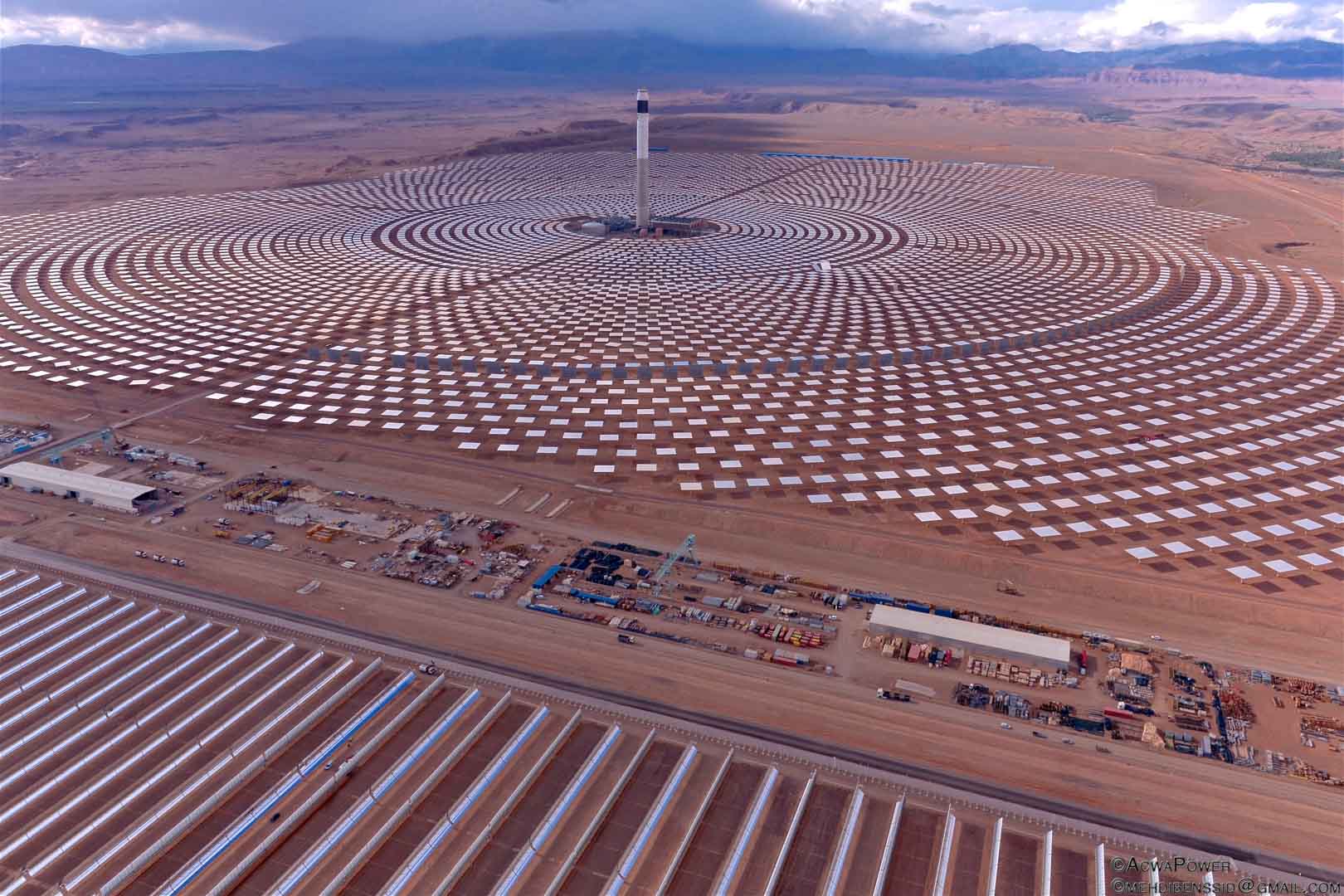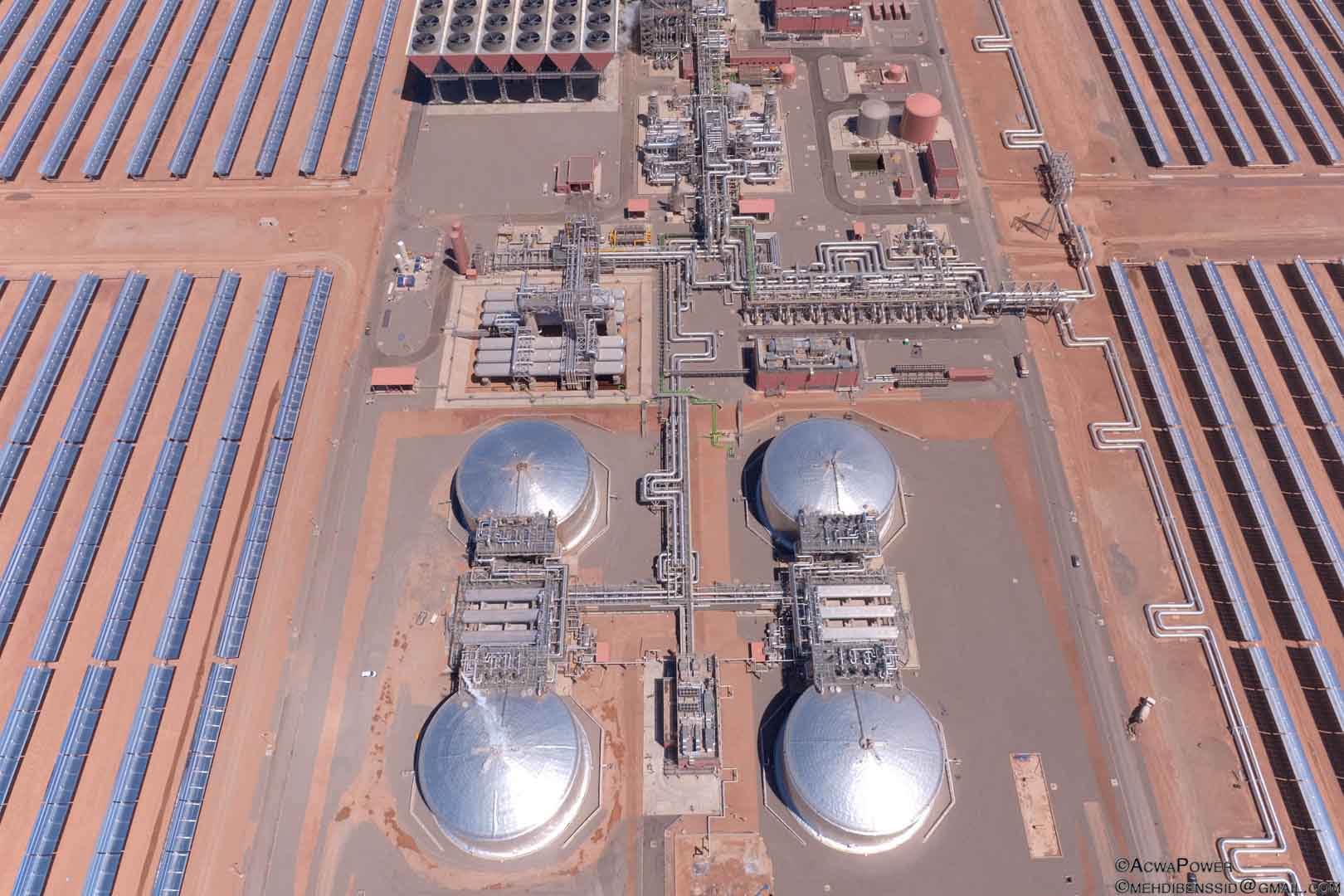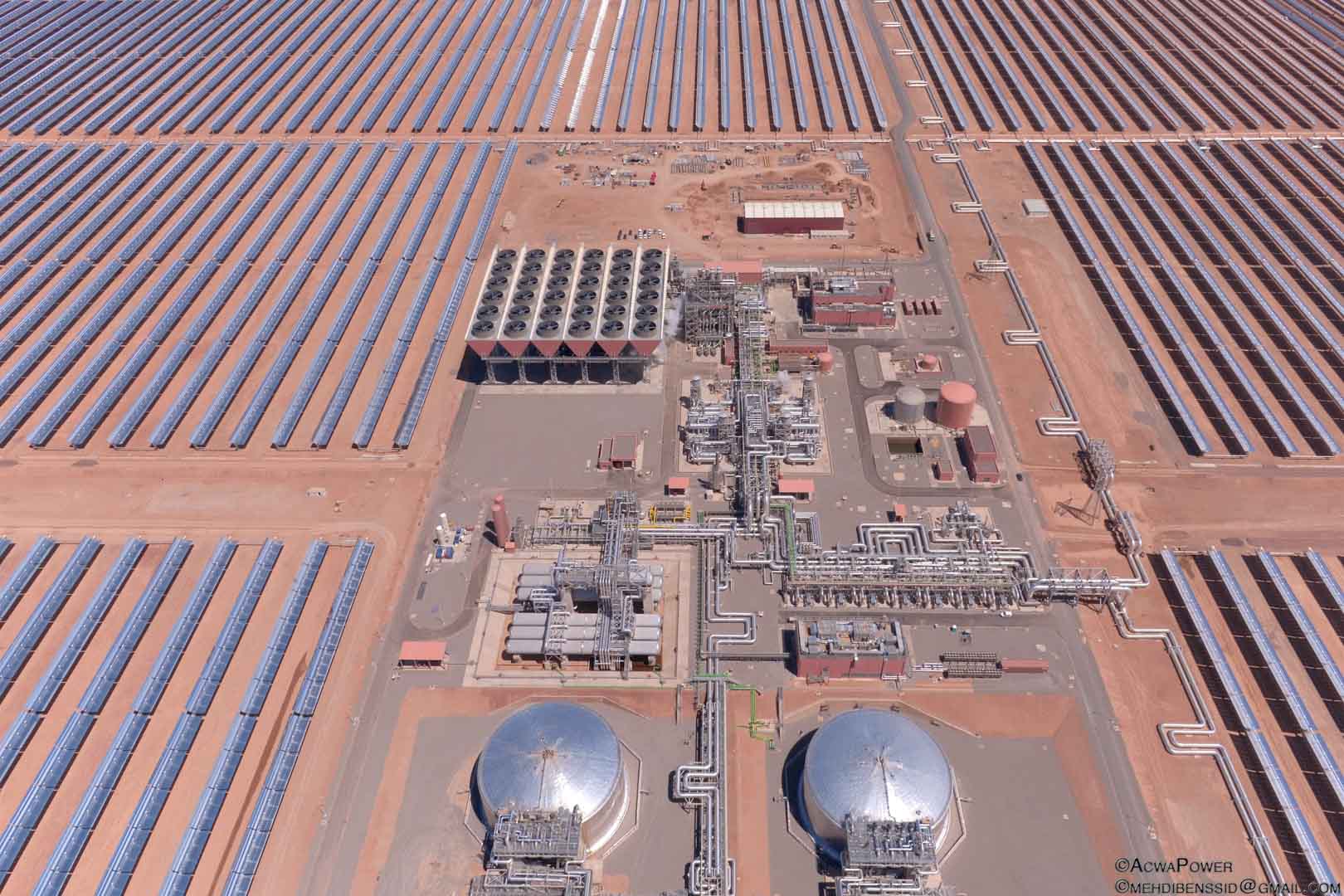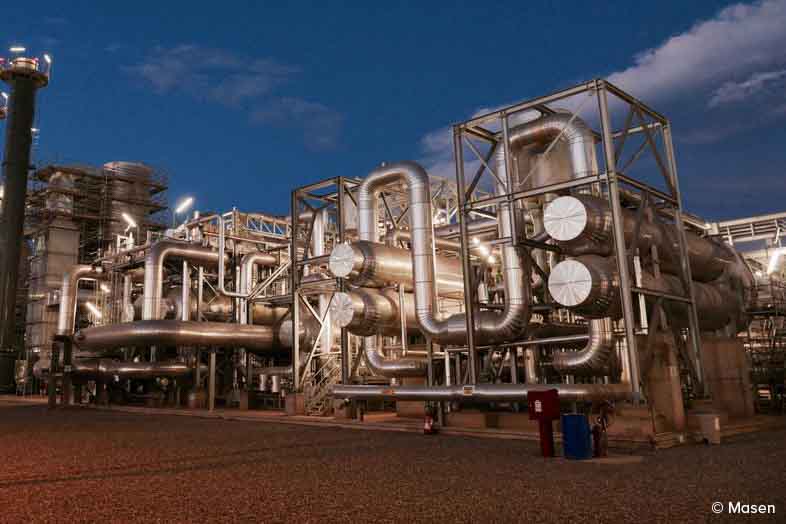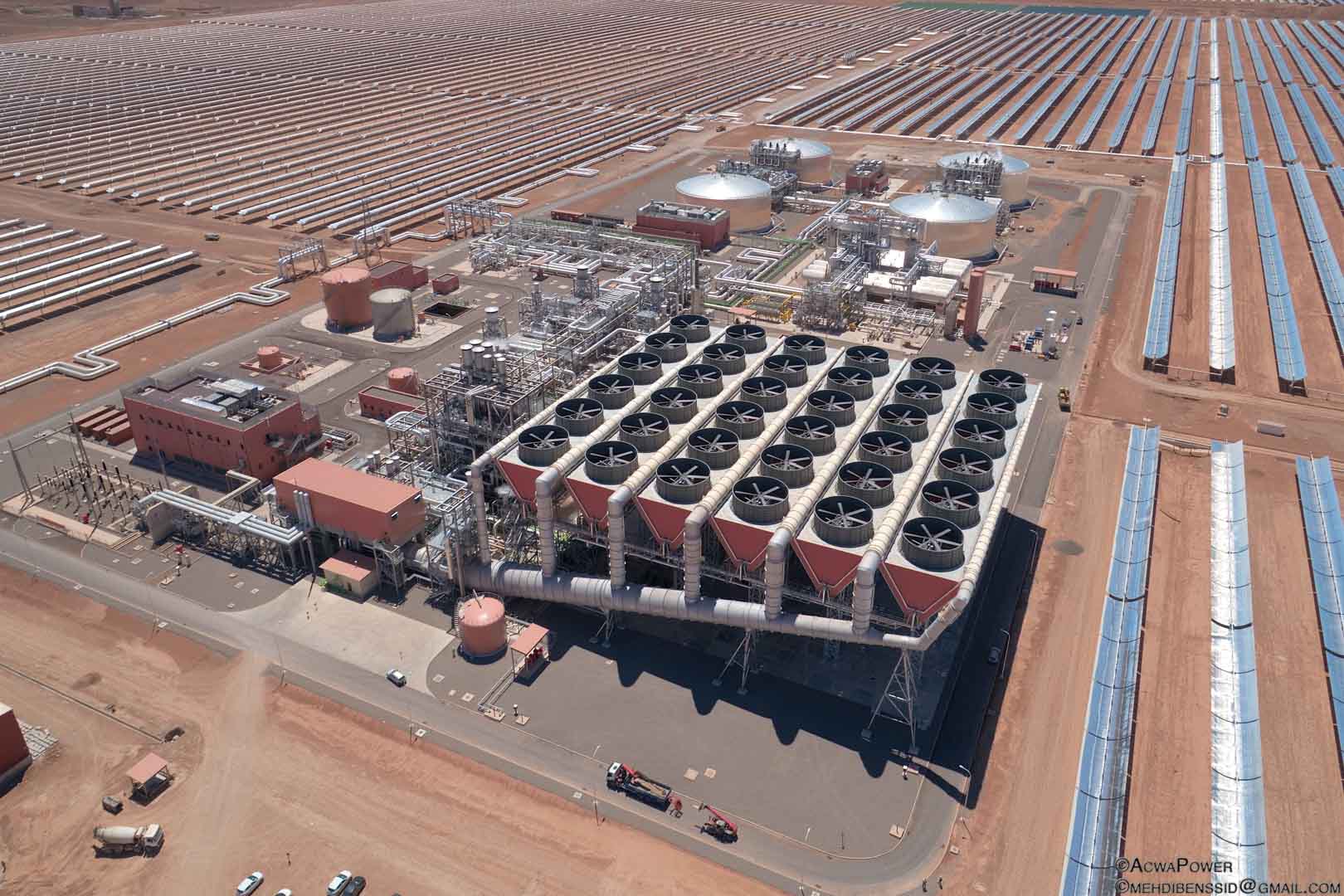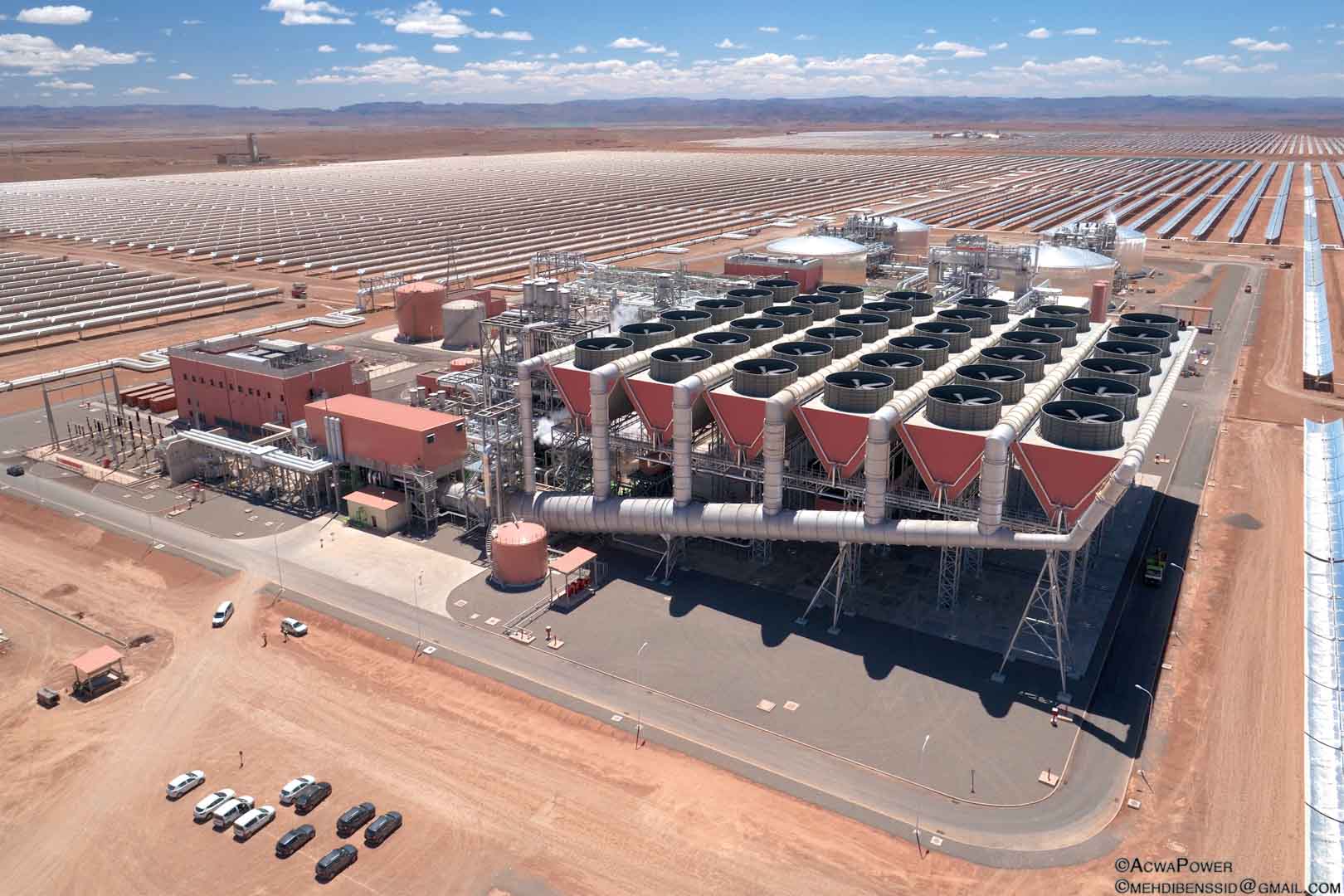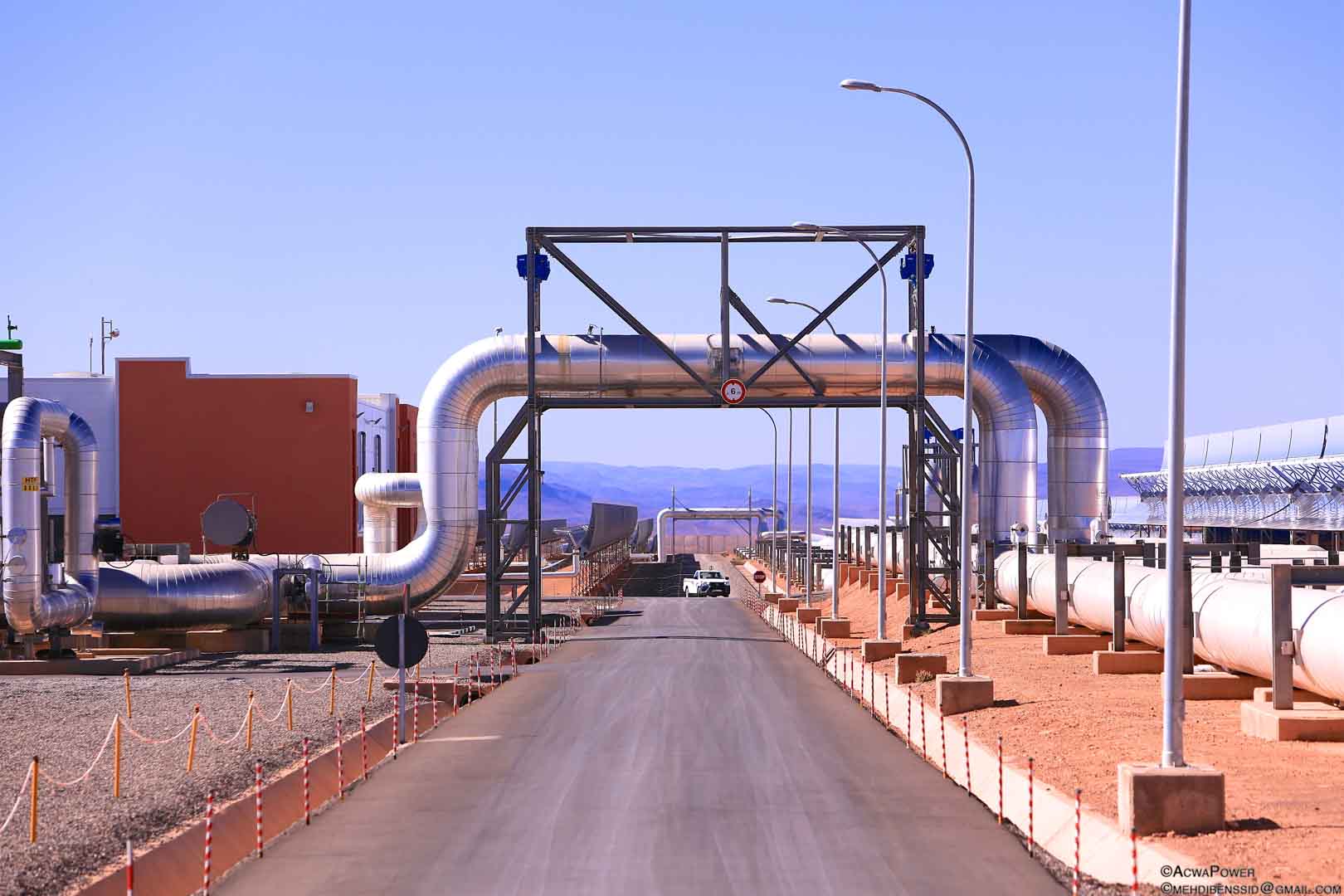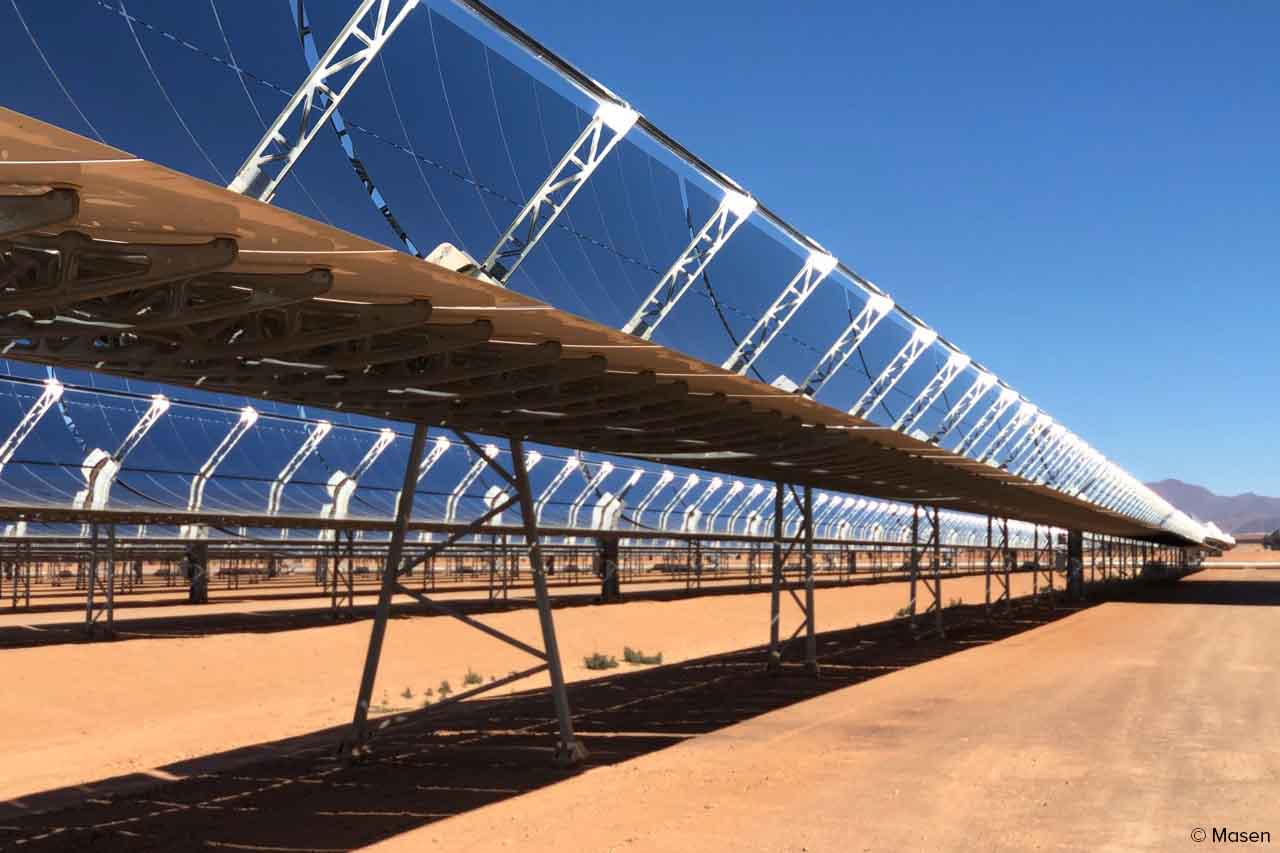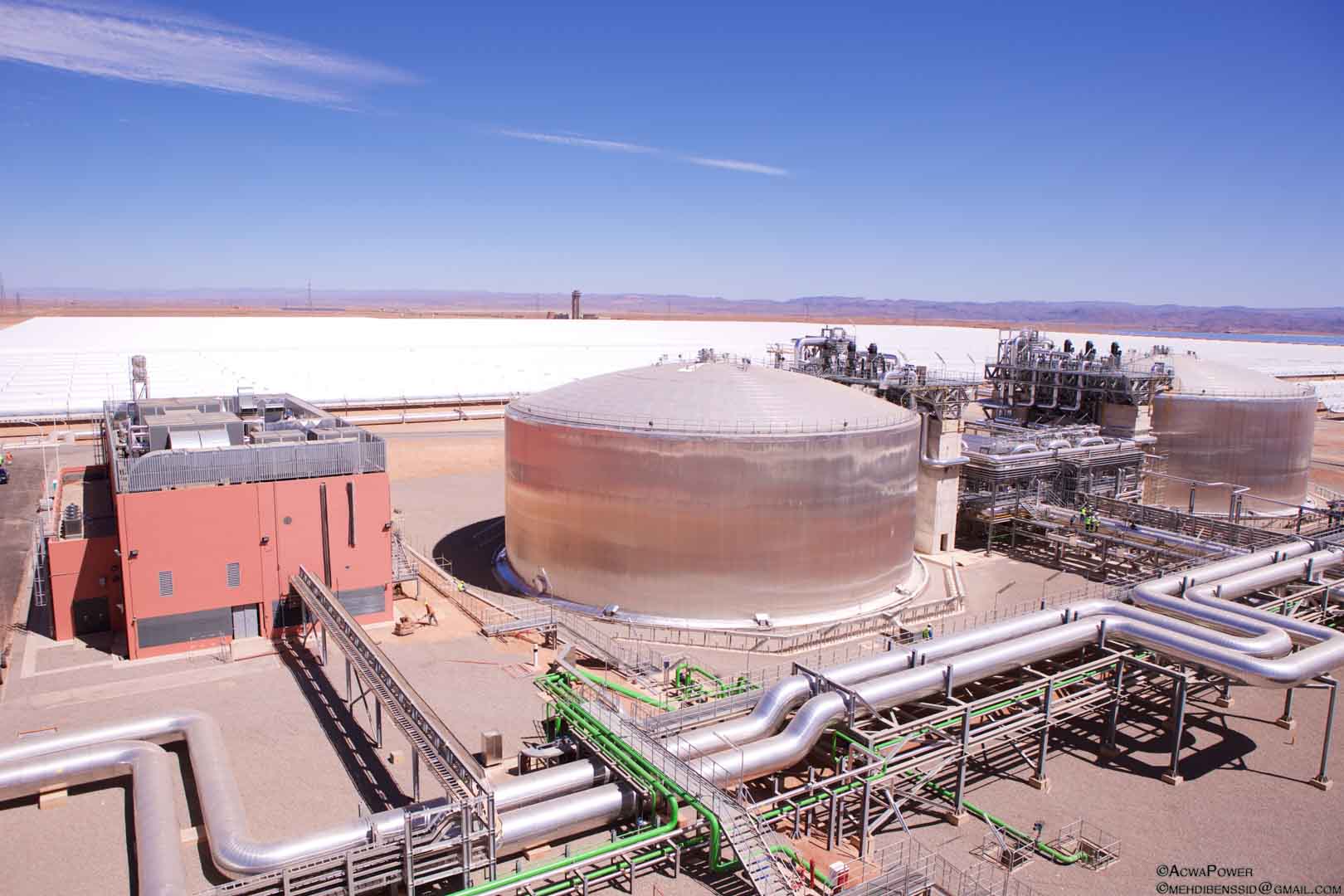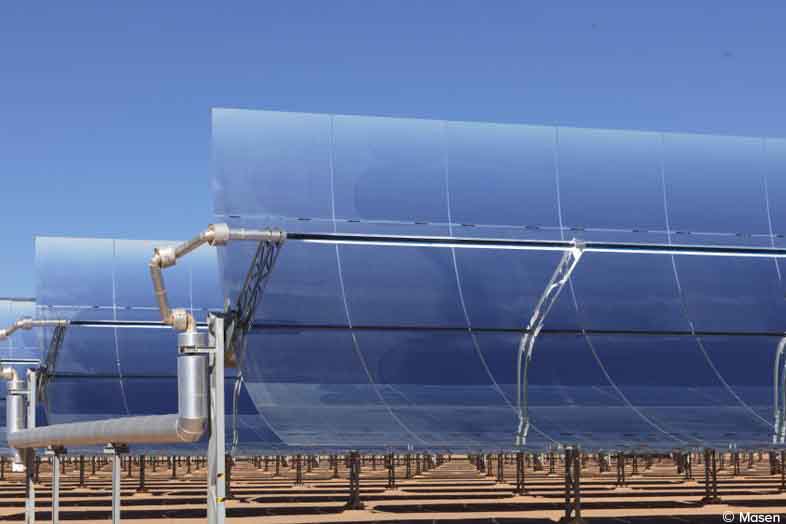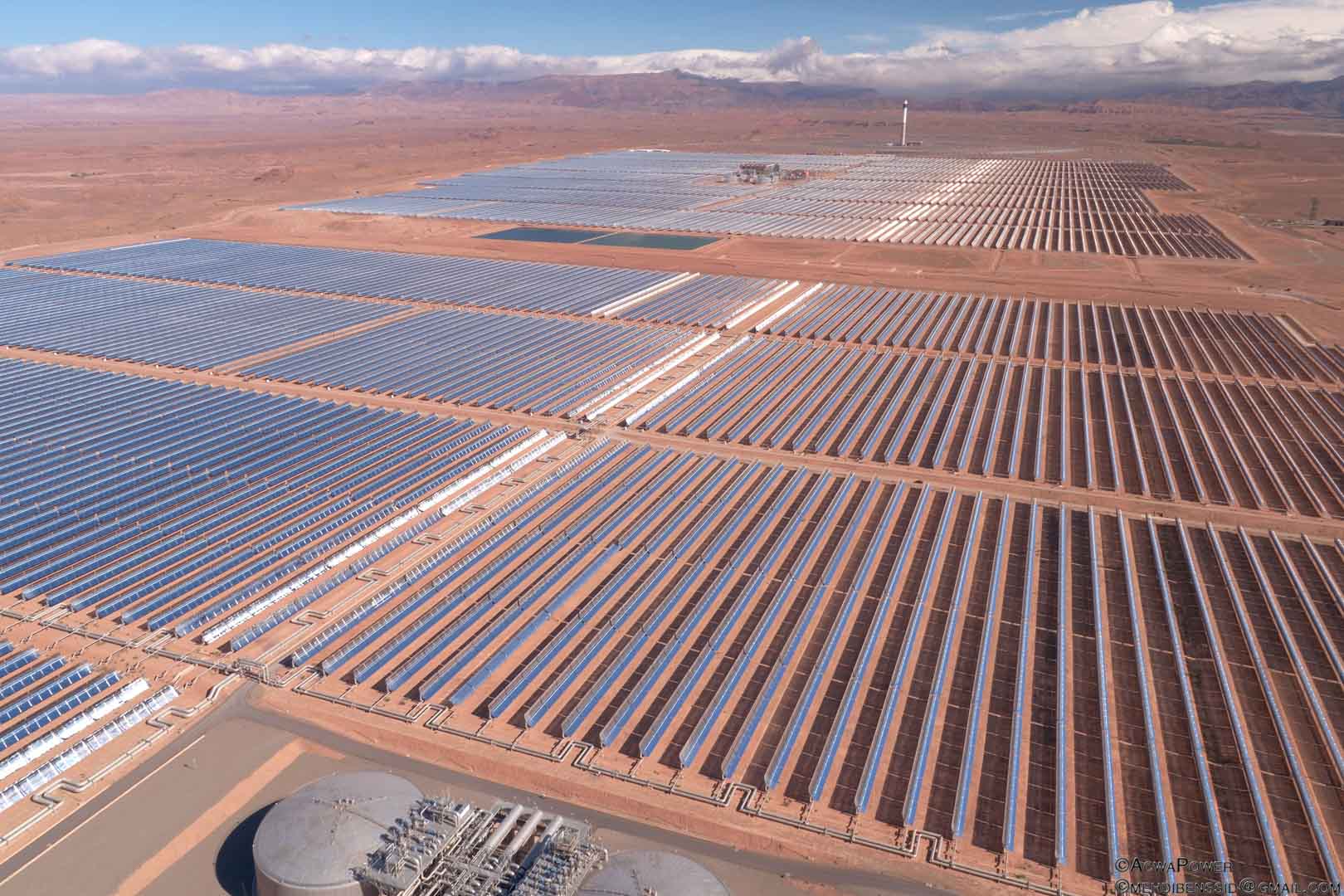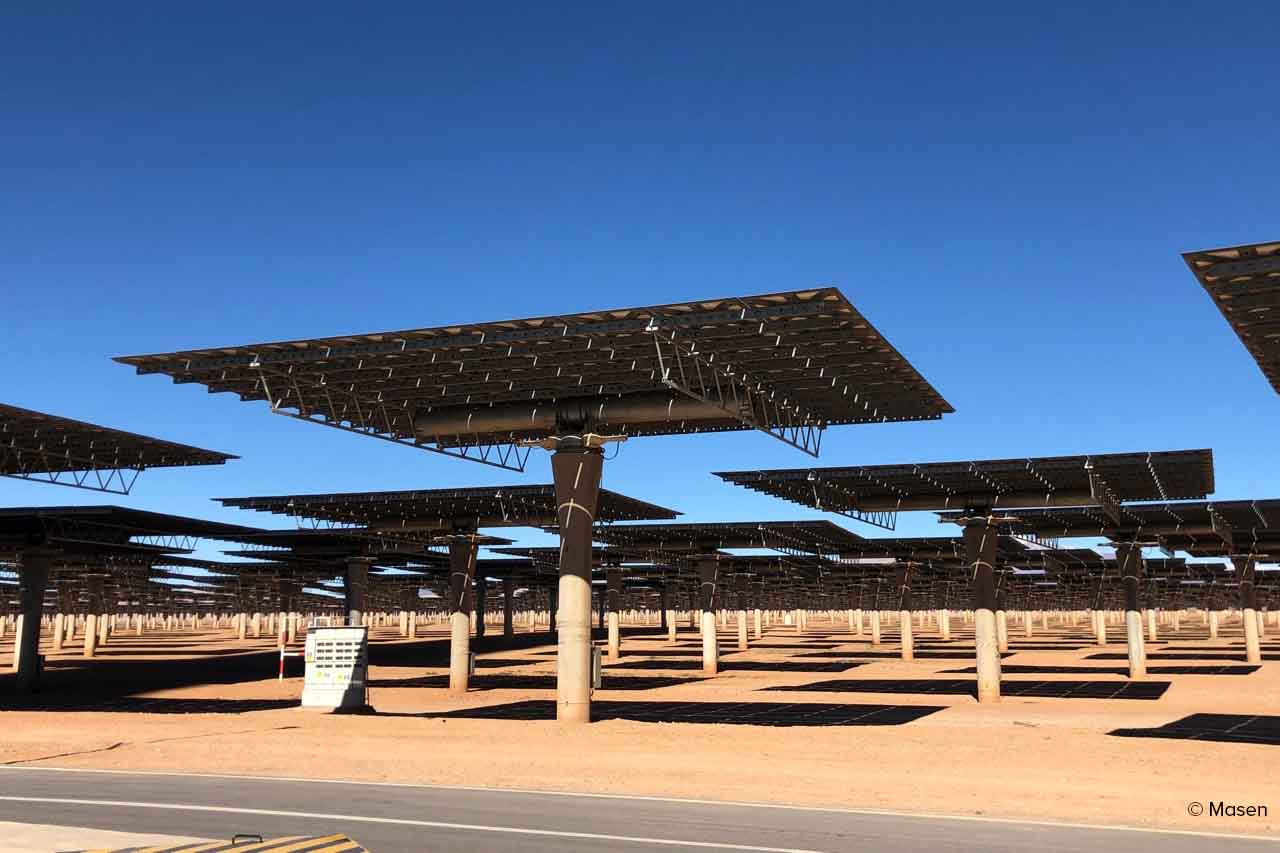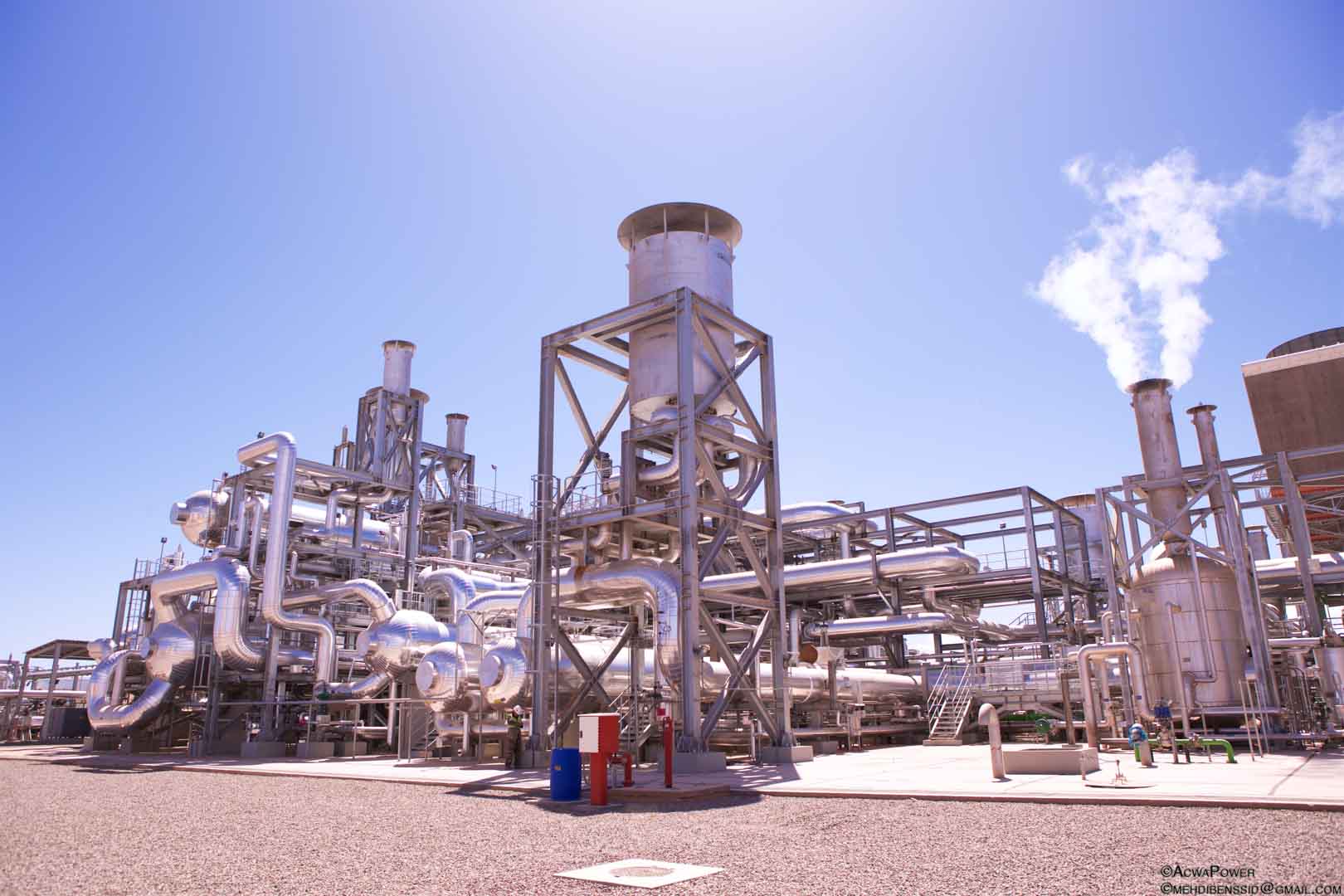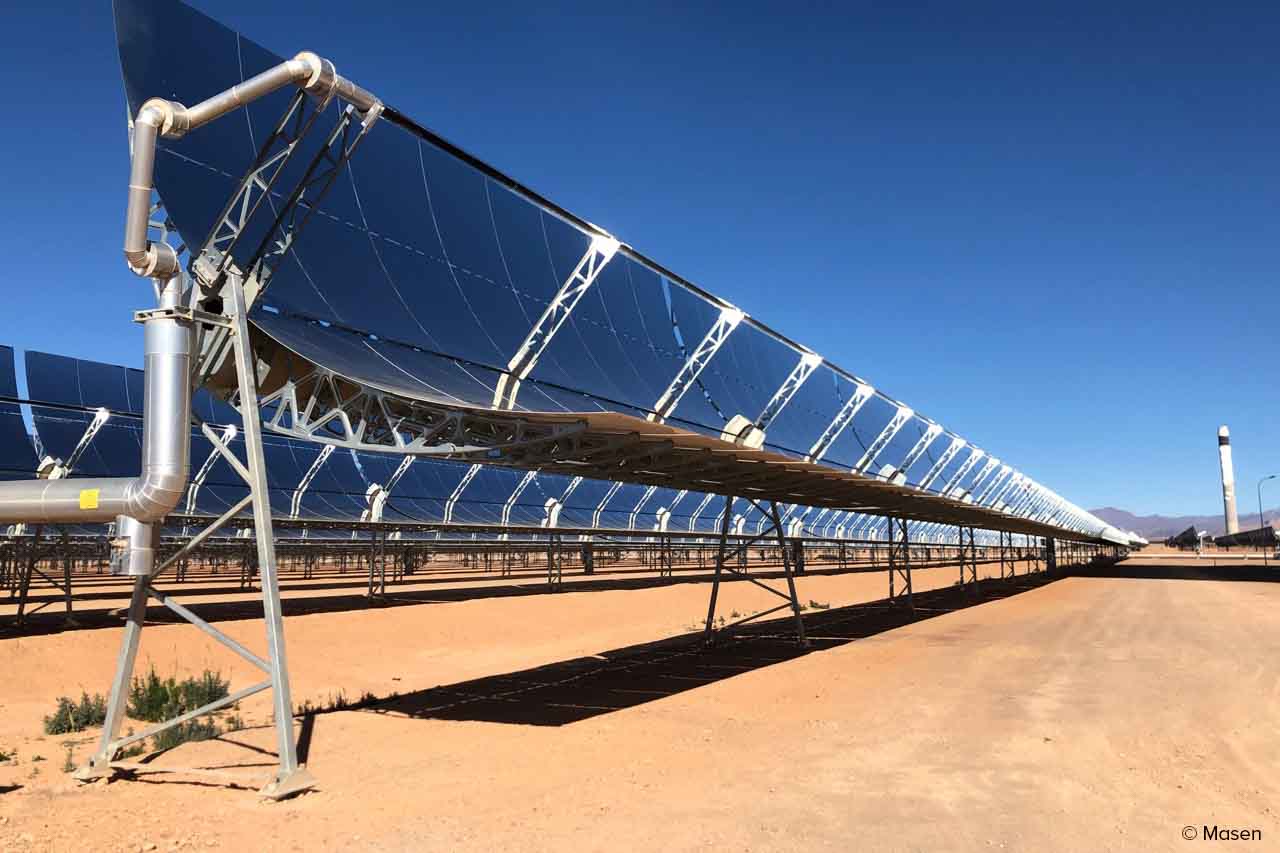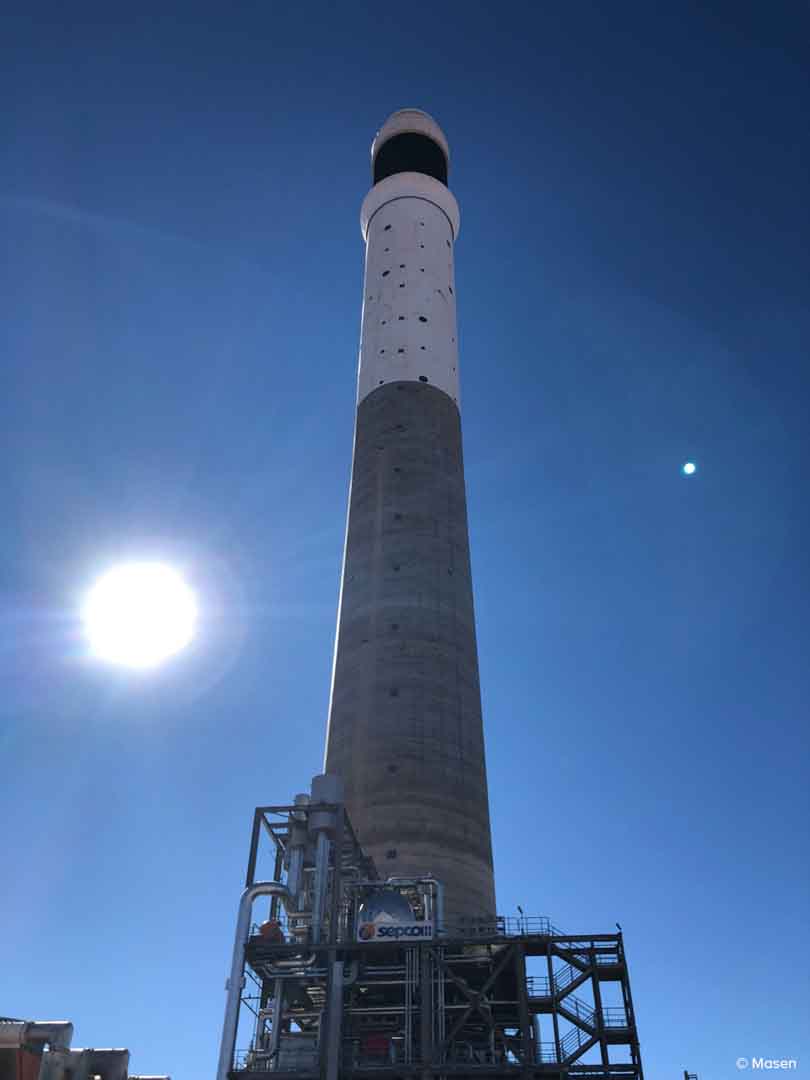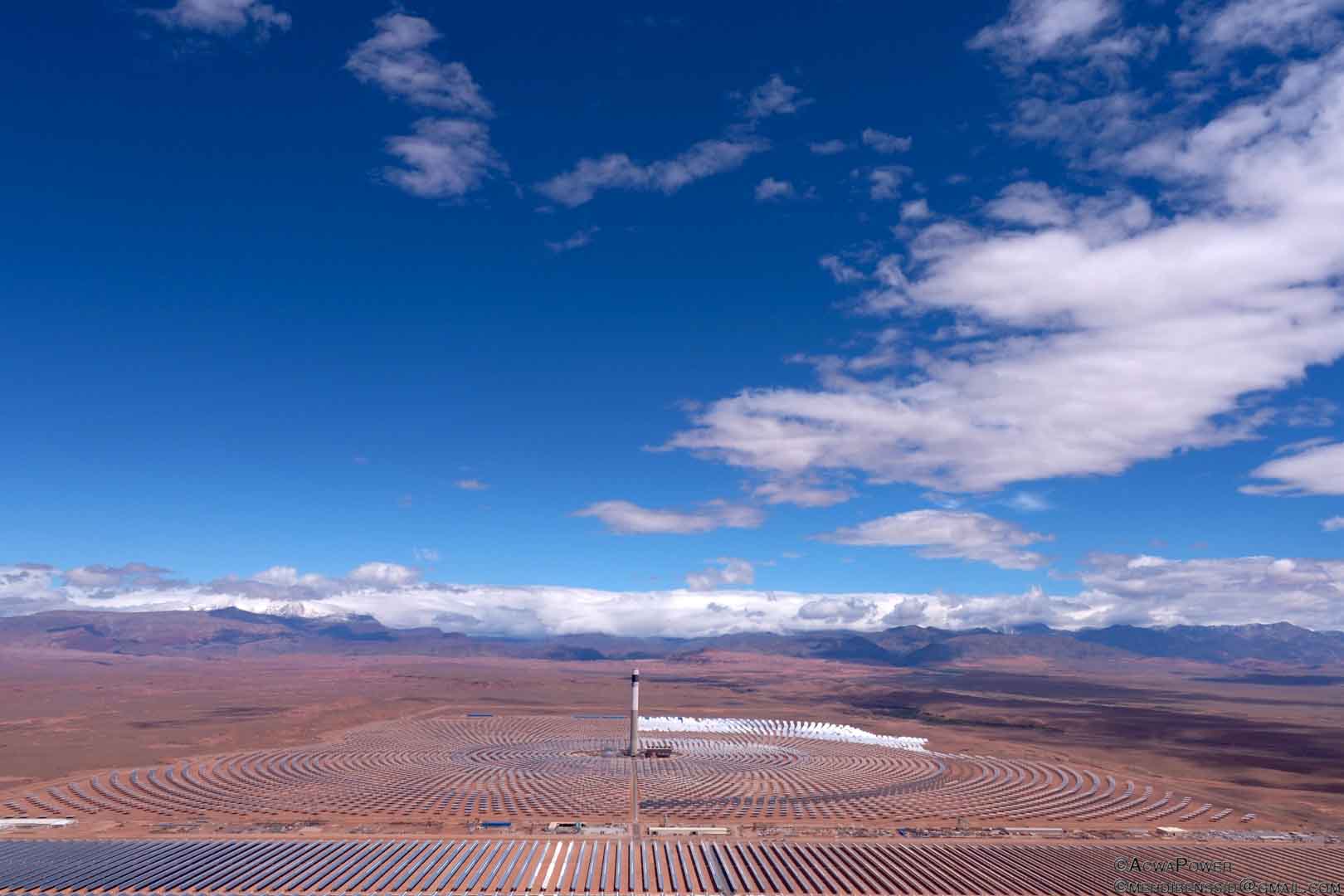Sustainable and secure energy supply through solar power
Having solar energy available locally, helps to meet the rising demand for electricity without compromising energy security and environmental sustainability. However, Morocco heavily relies on imported coal and oil for energy generation which causes high emissions. This project helps to increase the share of renewable energy in the overall electricity mix and also reduces the dependency on fossil fuels by installing a solar power plant with a capacity of 150 MW.
The plant that is located about 200 km southeast of Marrakesh supplies around 500 GWh per year to the Moroccan electricity grid. By replacing some of the fossil fuel-based energy with clean electricity the project saves about 270,150 tonnes of CO2 emissions annually. It also offers job opportunities for local people and promotes the development of solar energy in the country.
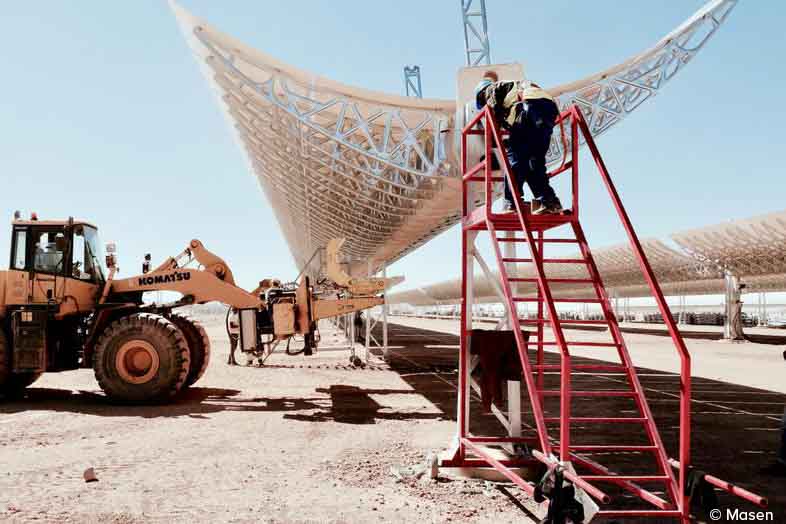
Although the development of renewable energy sources is increasing, energy from fossil fuels is still a significant part of energy production worldwide. This is associated with the release of large amounts of carbon emissions. The use of solar energy is a good way to provide people around the world with renewable energy and reduce greenhouse gas emissions. Solar installations, implemented through solar projects, convert sunlight into electricity (photovoltaic) or heat (solar thermal). Even when the sky is cloudy, the solar thermal power plants generate heat and convert it into electricity. Photovoltaic projects use the photoelectric effect to convert sunlight into electricity.
The energy produced is typically fed into the national or regional power grid, reducing the share of fossil fuels in the electricity mix. In addition to reducing carbon emissions, solar projects also prevent the release of various pollutants associated with conventional power generation. Solar energy projects in the ClimatePartner portfolio are registered with international standards.
Explore our projects
Biochar for Climate Action, Healthy Soils, and Better Harvests

A certified climate project combined with additional commitment

Expansion of renewable energy generation in Asia
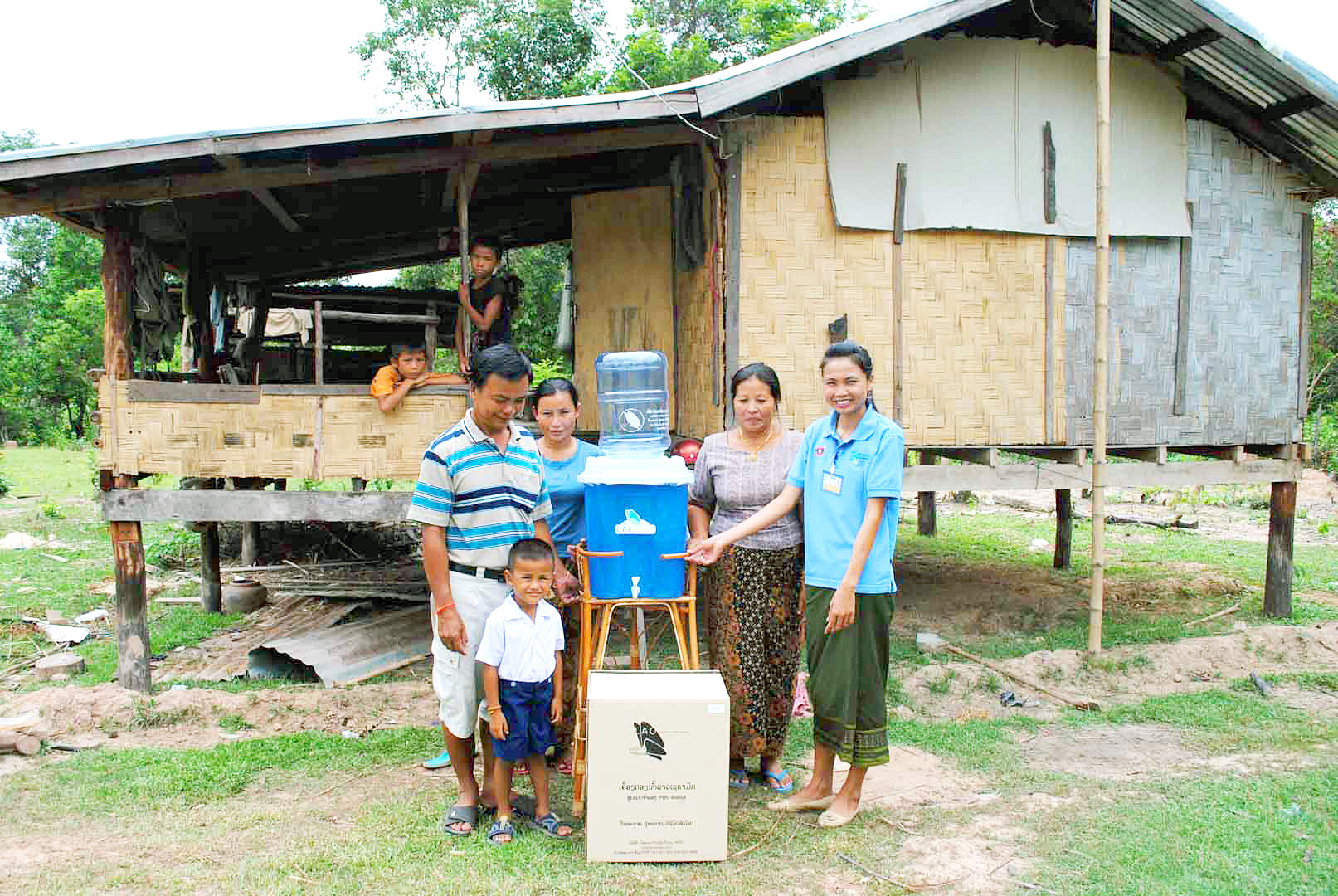
Ceramic water filters save CO2 and improve health
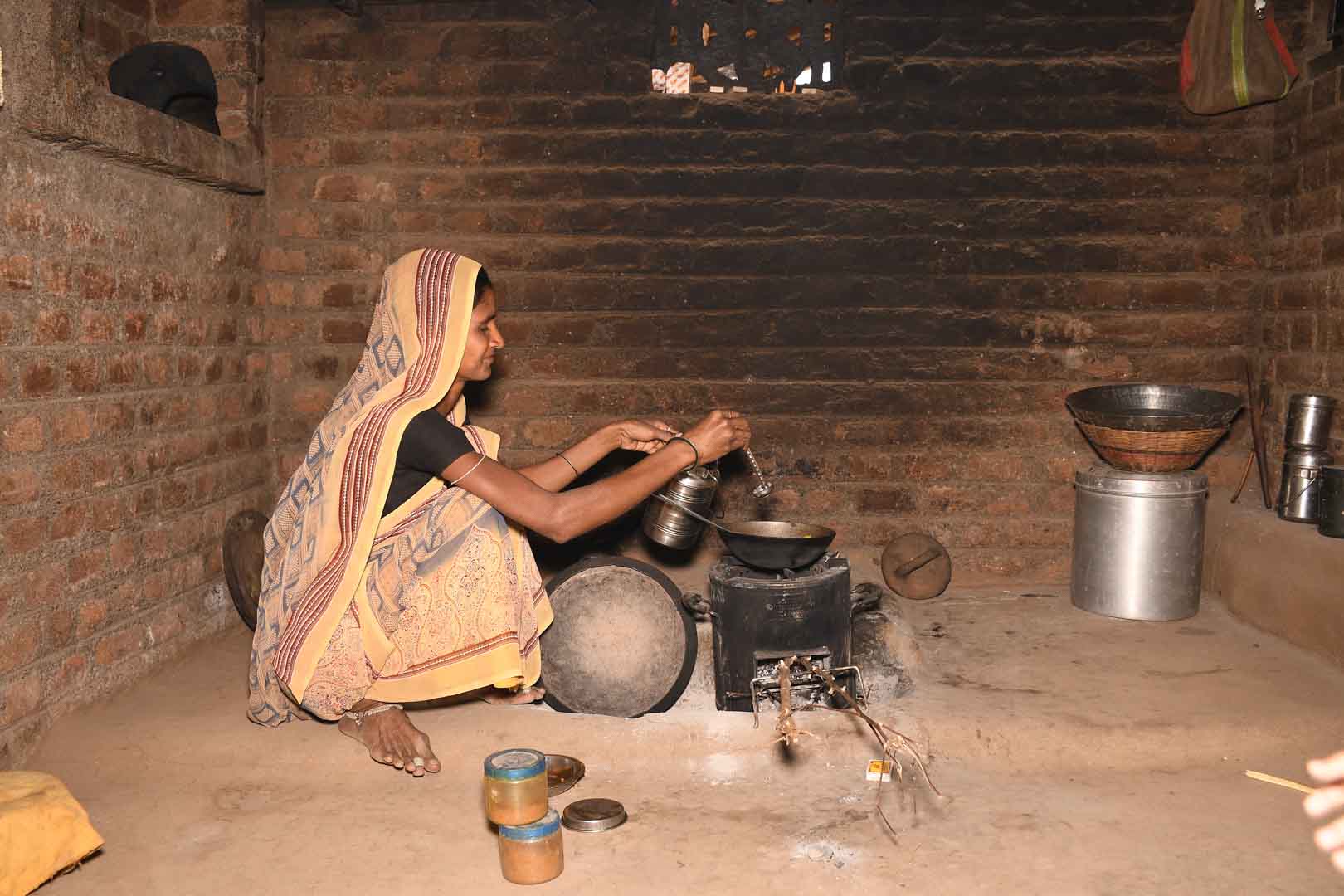
Improved cookstoves worldwide – for better health and cleaner air

A certified climate project combined with additional commitment
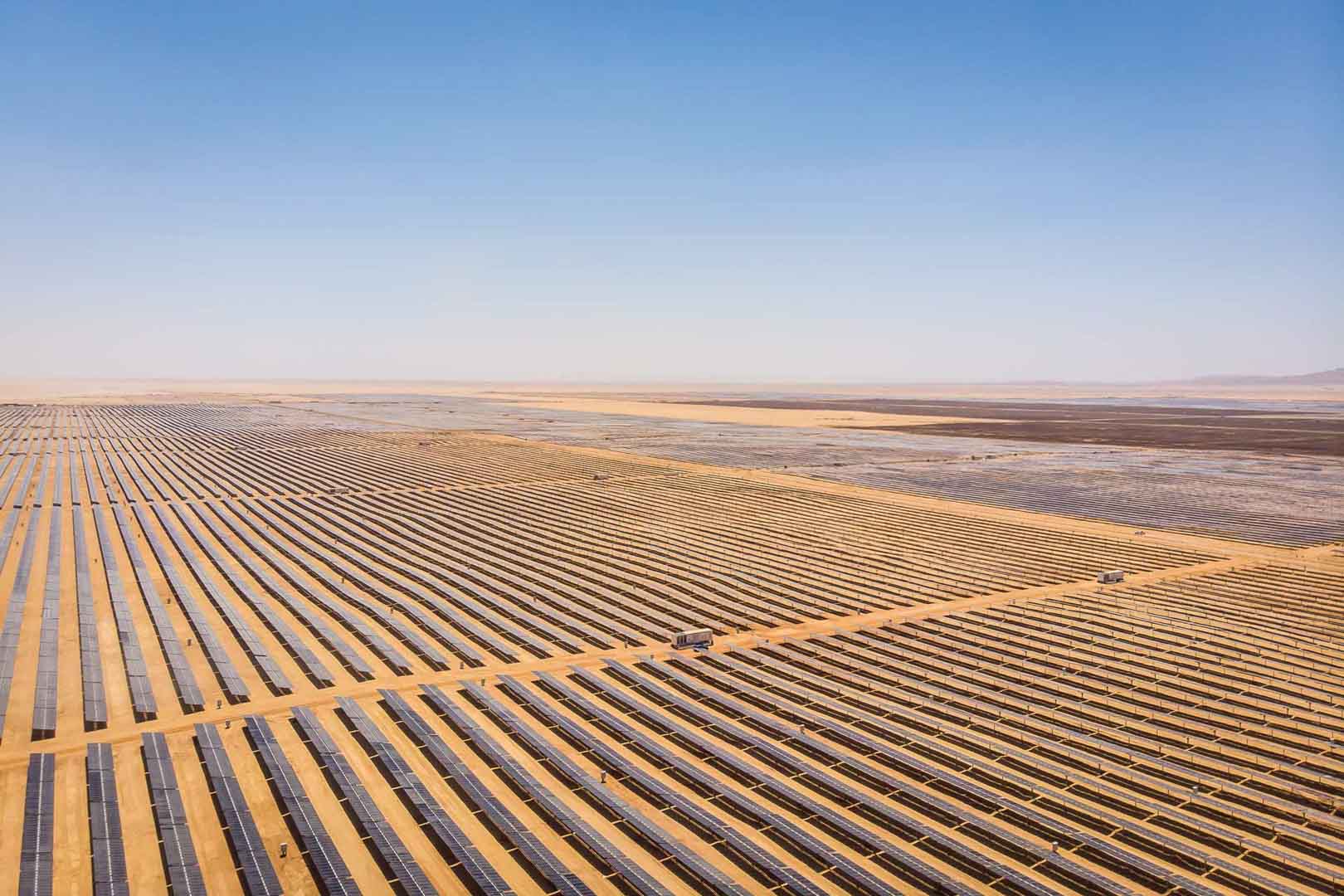
Powering access to renewable energy in Africa
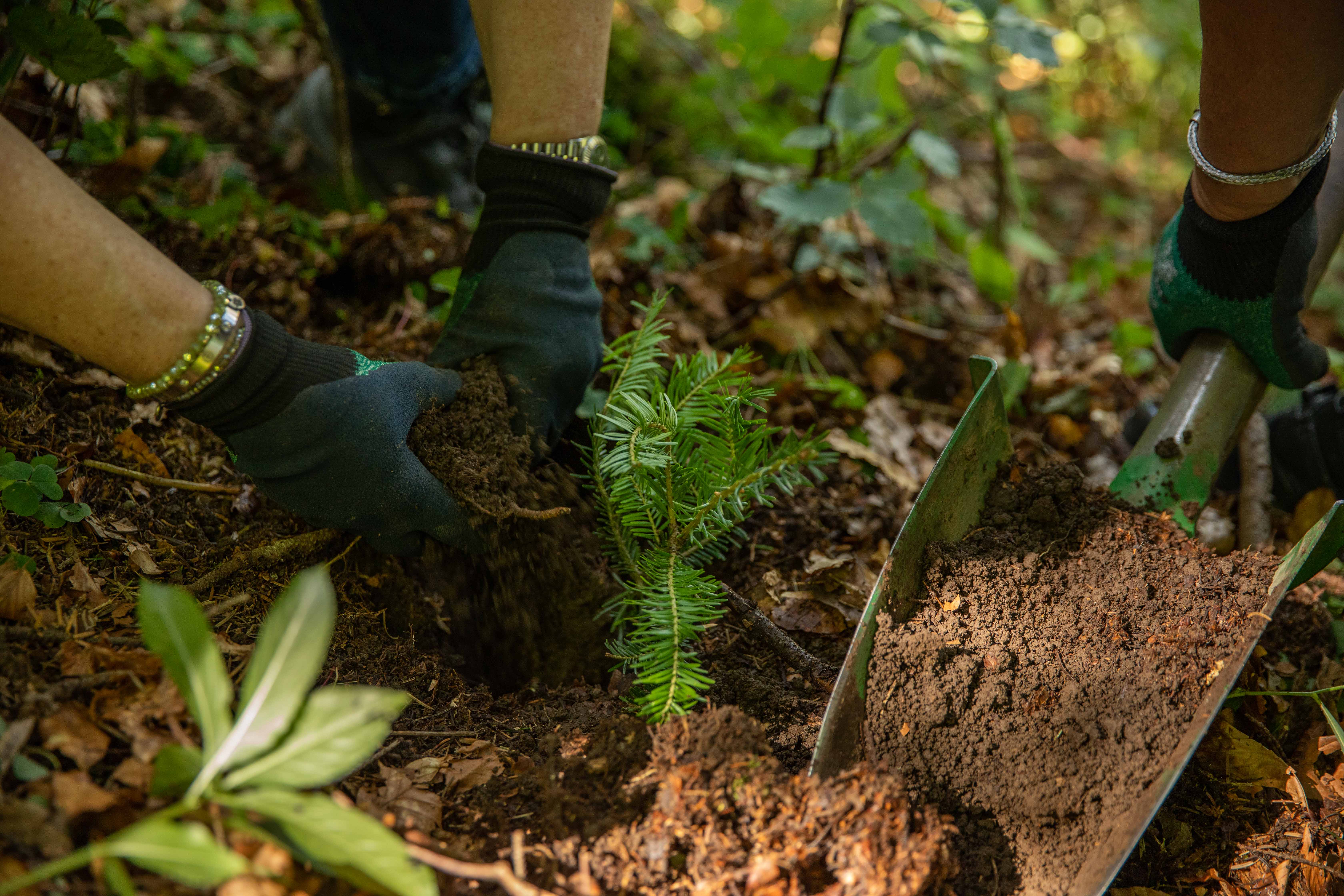
A certified climate project combined with additional commitment
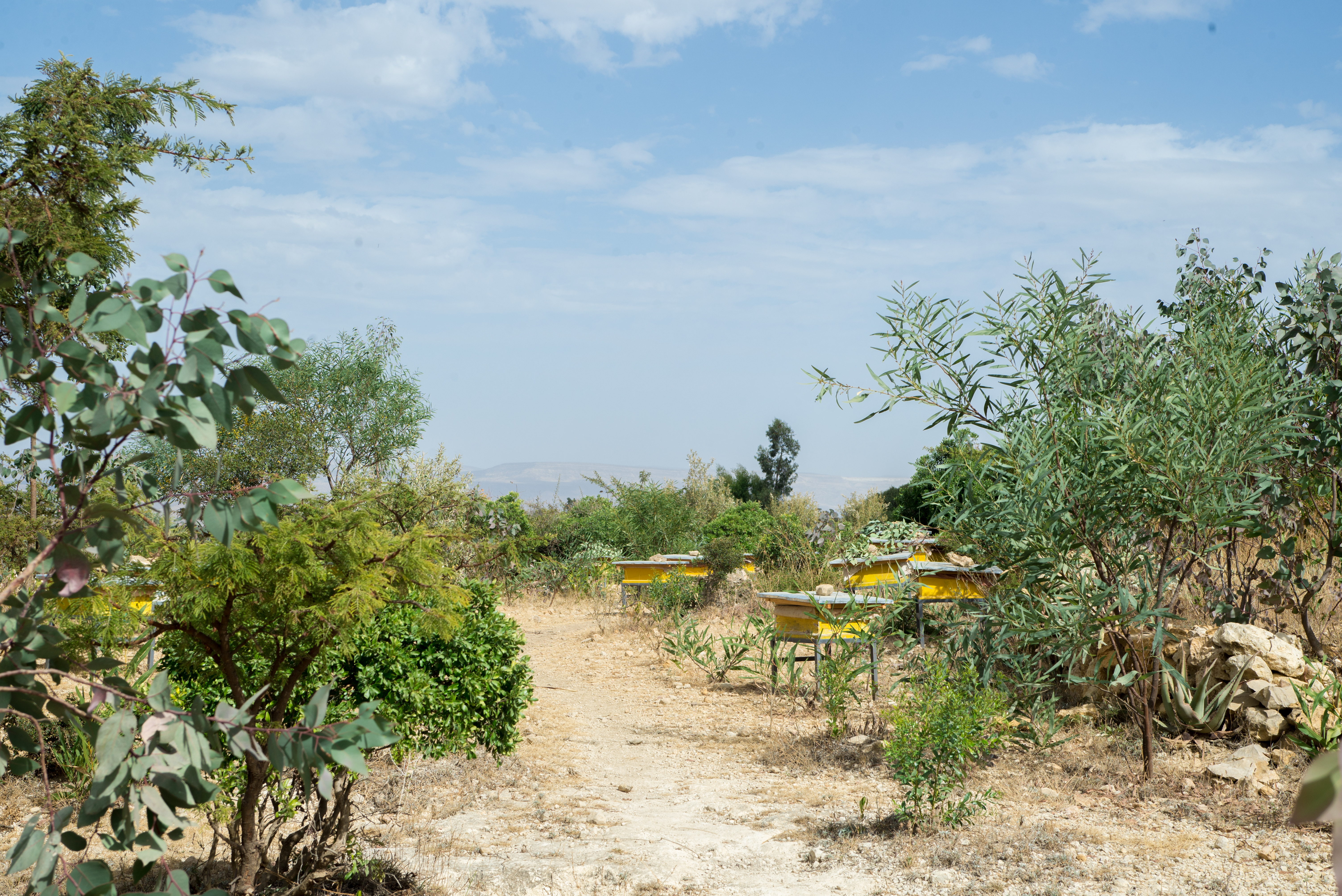
Restored ecosystems remove carbon

Turning degraded farmlands into healthy ecosystems
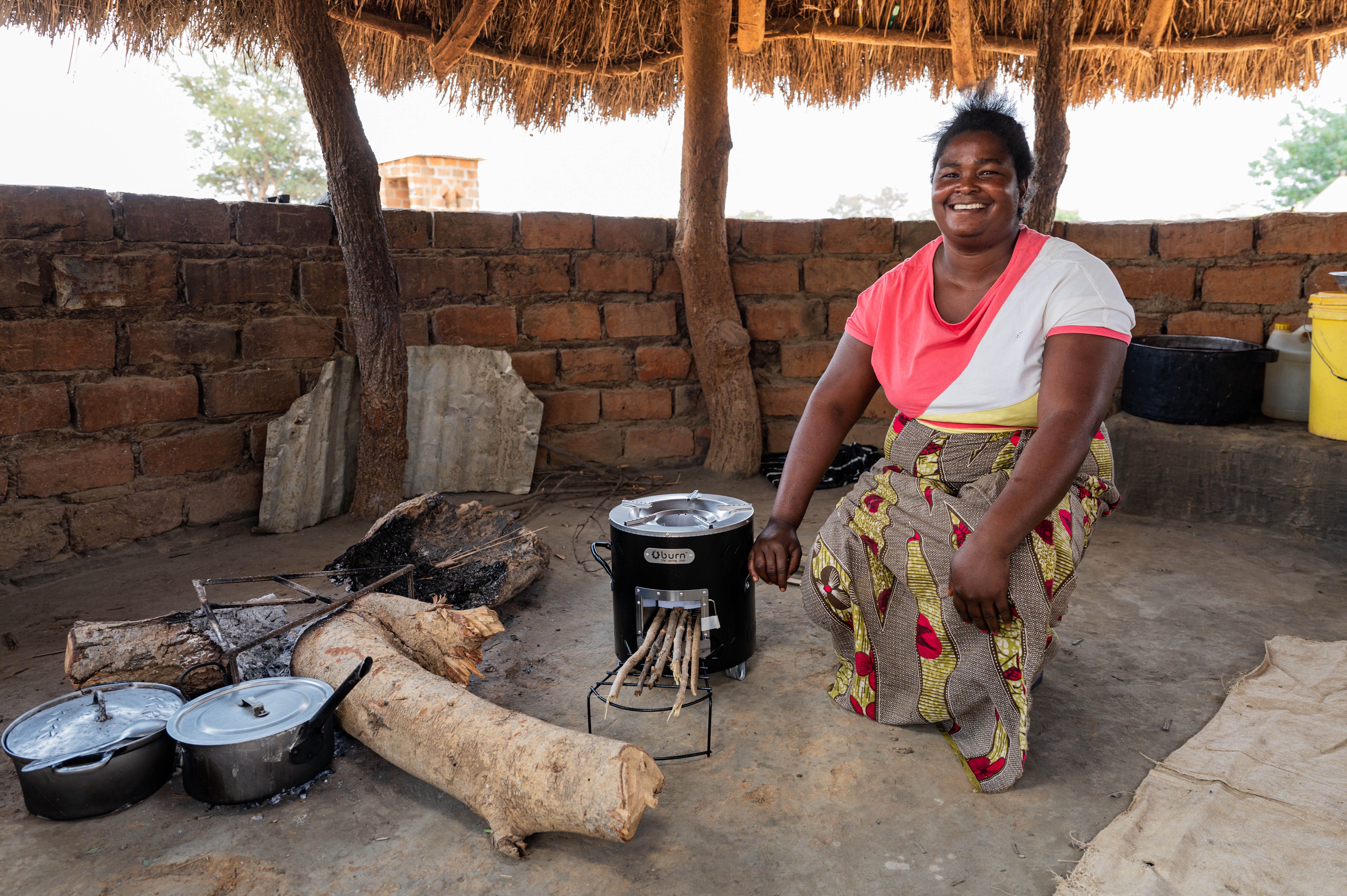
Improved cookstoves - better for health and the environment
